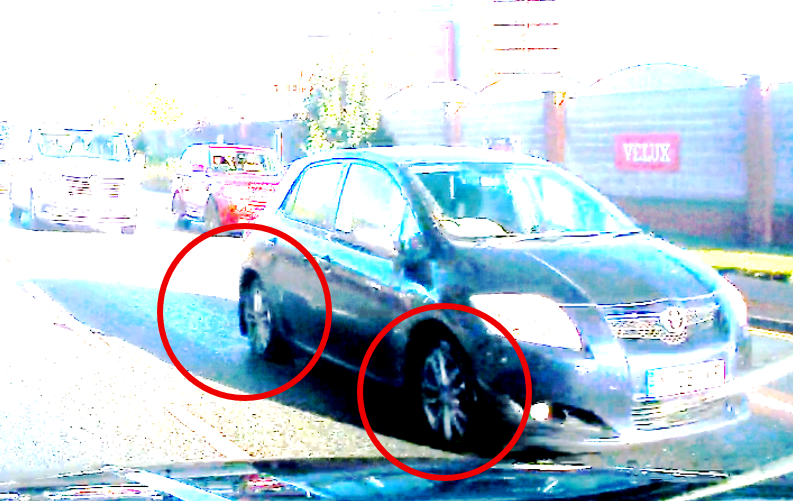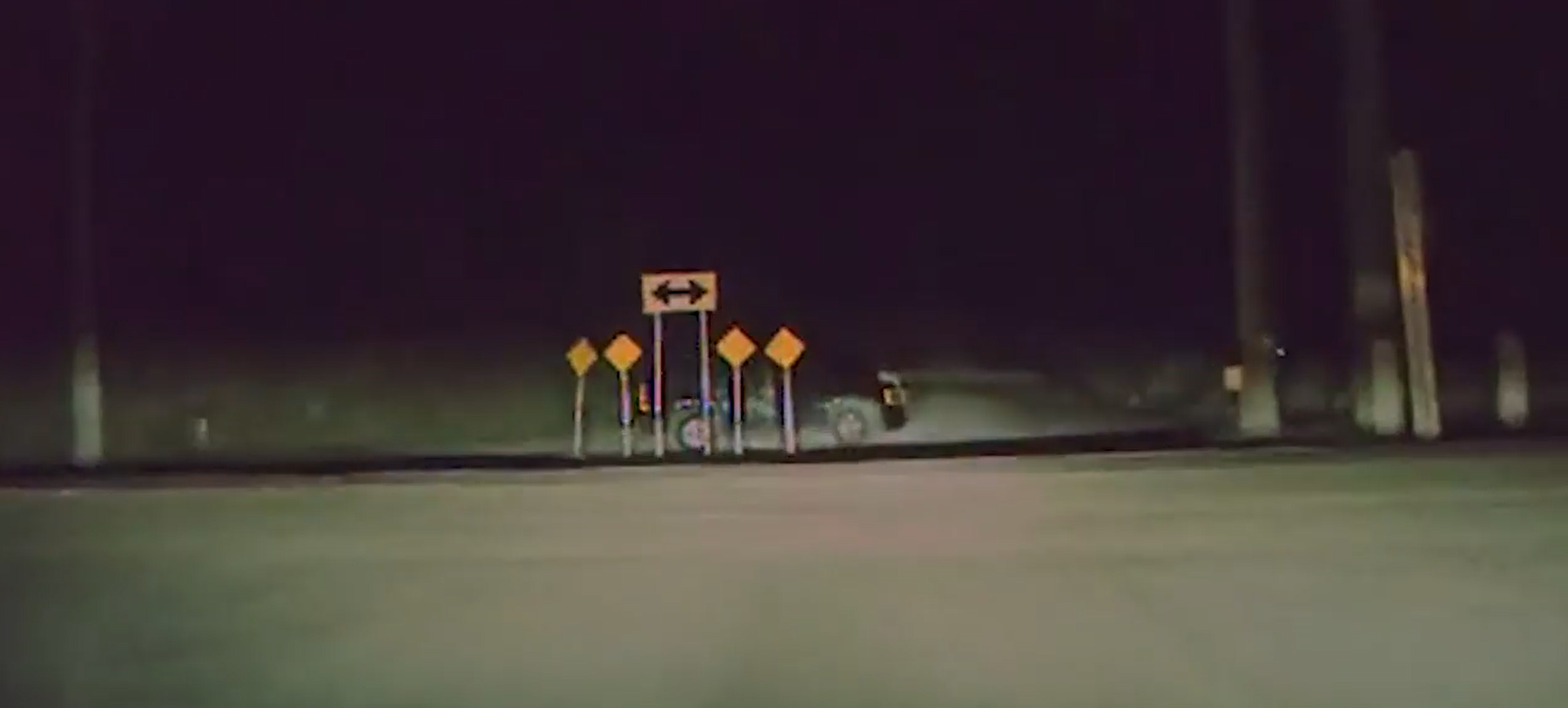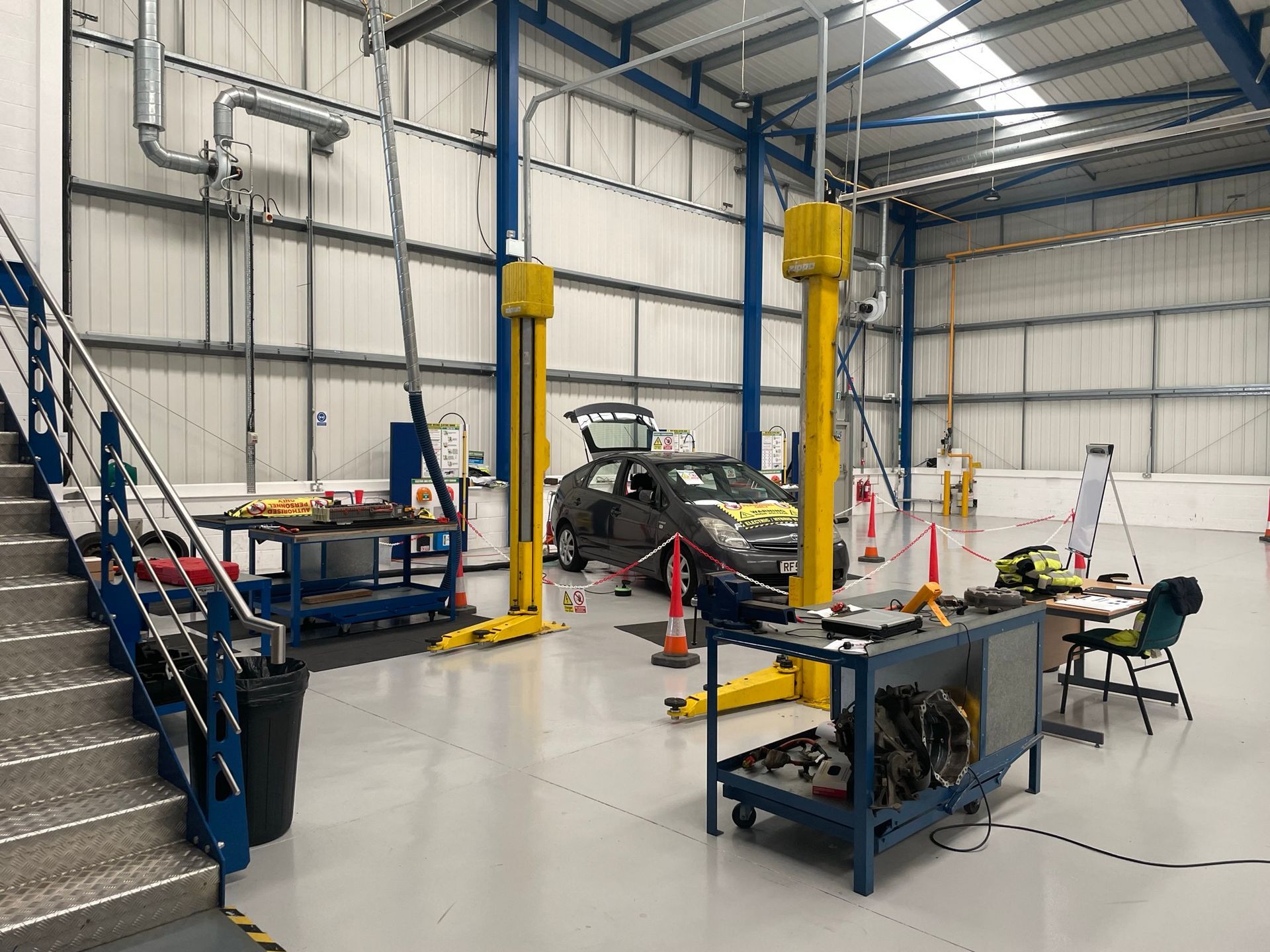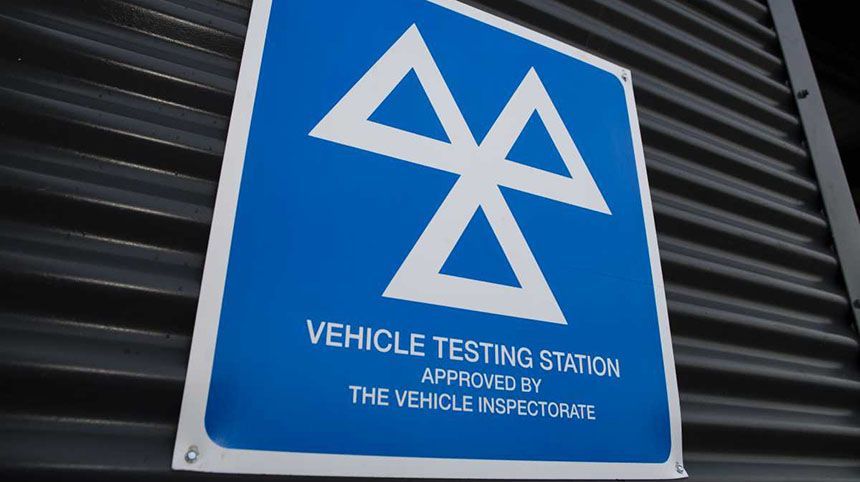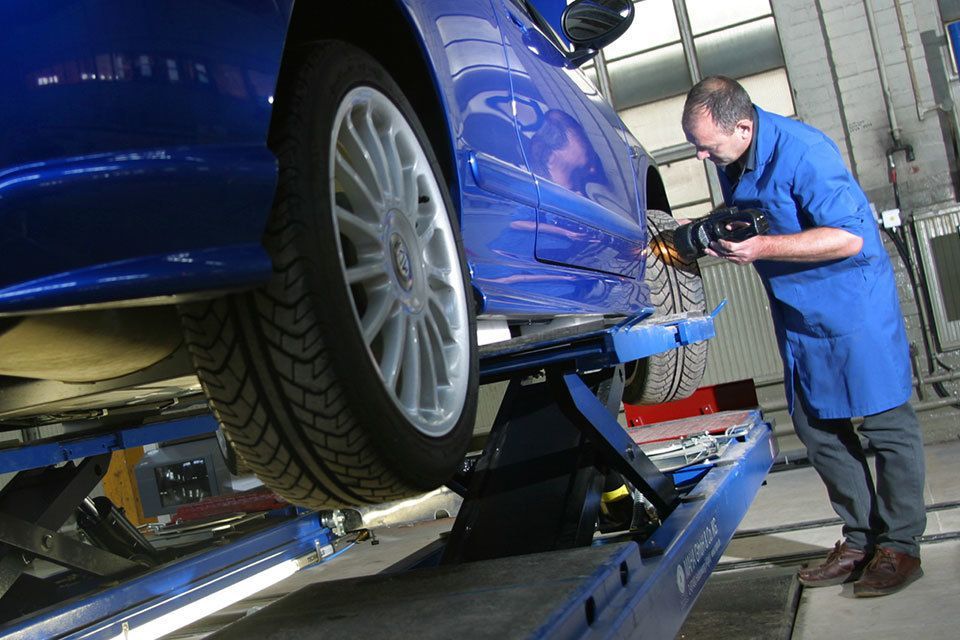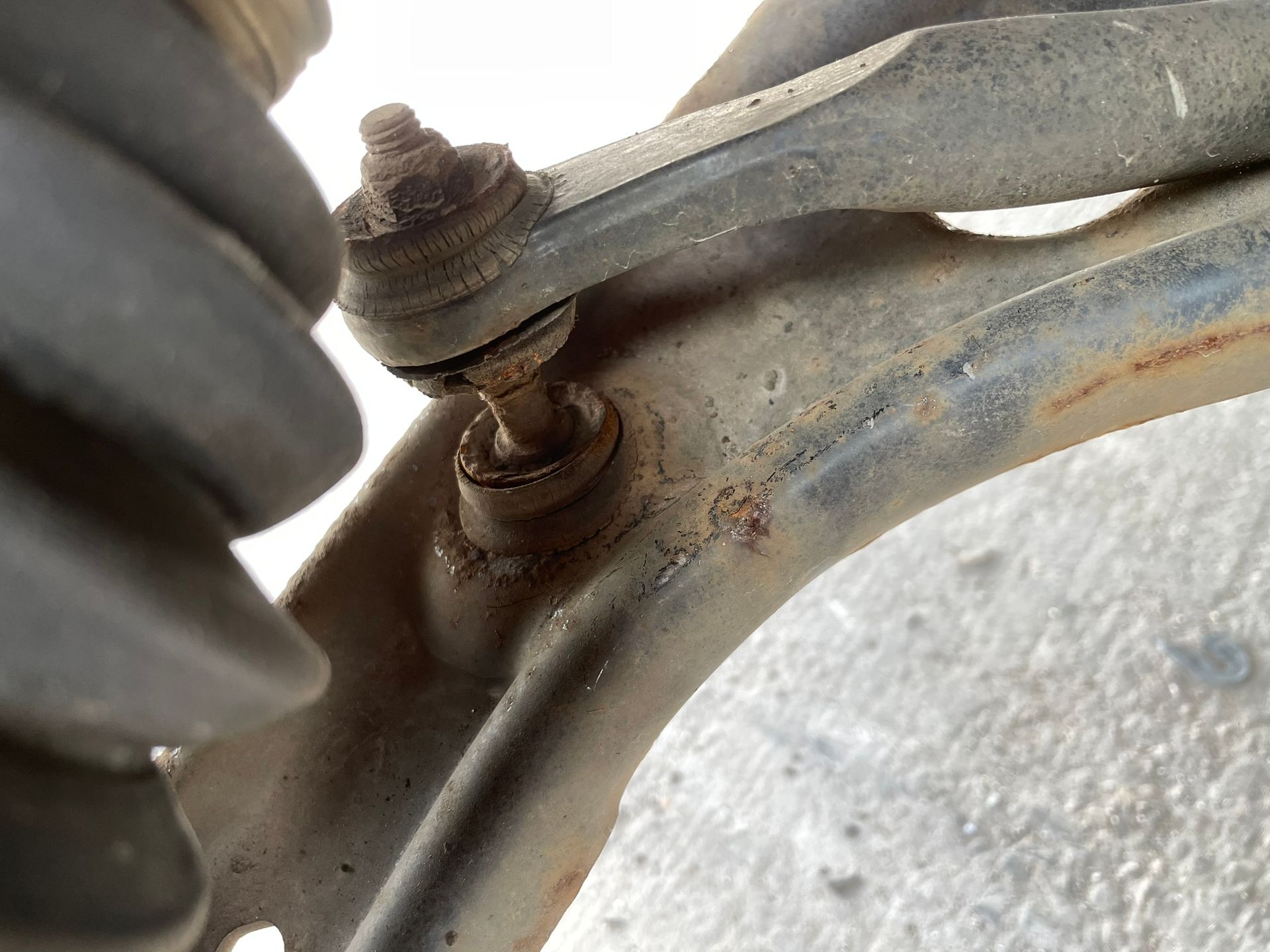CASE STUDY: When did the car crash? EDR had (some of) the answers
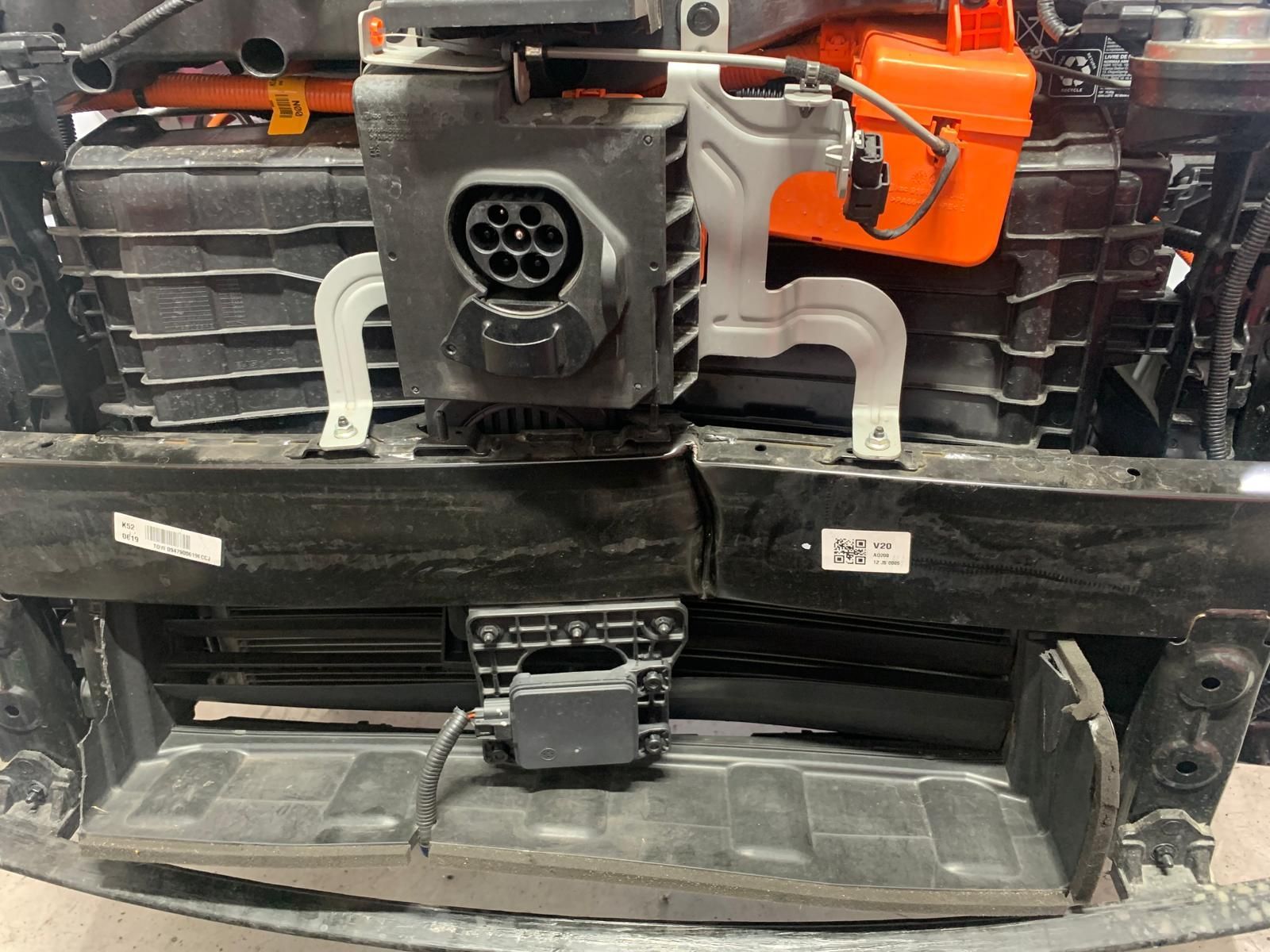
I’ve done countless posts describing what EDRs (event data recorders) are, what data is actually recorded and how it can be used. One thing I’ve never told you, which was more of an oversight than anything else, is that the technology (like all technologies) are imperfect. I thought it would be useful to show you an actual case study of what data was sought, was data was found and how the data used.
The problem
A customer bought a brand new car, only to discover some months later, the front bumper reinforcer had been damaged, but unusually the bumper cover had no damage. The customer had their vehicle inspected by a vehicle damage assessor to see whether there was any evidence the front bumper cover had been repaired at any point. The assessor indicated they believed a repair had been made at some point.
So here’s the problem. The dealer stated they wouldn’t fix the damage as they believed it occurred after they had sold it. The insurance company wouldn’t honour the claim because they were unable to confirm when the damage occurred. The customer had a damaged car that needed fixing and was facing a large repair bill.
What question did we need to answer?
The damage either occurred before the customer picked the car up, or, it occurred during their ownership.
How did we do it?
To begin with, I physically inspected the car to see whether or not there was evidence of a repair to the car, and there was.
After that, I imaged the EDR to see whether there was any data present, which there was.
Outcome
Having imaged the data, I compared it to the circumstances of the collision, and it was. The problem, the data didn’t record actual time, instead it recorded events in ignition cycles.
Lacking a physical time made attributing the crash data to the crash that damaged the customers car. Whilst it is not an exact science, I calculated the number of days between the date of first registration and the date of the inspection. I then averaged the number of key cycles per day, this allowed to me work out (very roughly) when the crash occurred.
The data, although didn’t provide a specific date, it did provide enough to determine the collision occurred during the customers ownership.
As a result of the work we did, the customer was able to narrow down the window when the damage occurred, which in turn, allowed them to make a claim on their insurance to have their car repaired.


